Diffusion Sampler
A Diffusion Sampler is a critical component in diffusion-based generative models, responsible for reconstructing structured data, such as images, audio, or even text, starting from random noise. It reverses the
A Diffusion Sampler is a critical component in diffusion-based generative models, responsible for reconstructing structured data, such as images, audio, or even text, starting from random noise. It reverses the
What is Digital Twin AI? Digital Twin AI is a technology that creates a virtual model of a physical object, system, or process. It continuously updates using real-time sensor data,
DreamBooth is a fine-tuning method developed by researchers at Google Research and Boston University in 2022. It is used to personalize text-to-image diffusion models, such as Stable Diffusion, by training
Dynamic provisioning in cloud computing and data centers refers to the automated process of allocating and managing storage resources on demand. This technology eliminates the need for administrators to manually
What is Edge AI? Edge AI is artificial intelligence that processes data directly on local devices rather than on centralized cloud servers. This approach allows AI to function in real
Egress charges refer to the fees incurred when data is transferred from a cloud provider’s network to another location, such as another cloud service, an on-premises data center, or the
Elasticity in cloud computing refers to the ability of a cloud environment to dynamically allocate and de-allocate resources as needed to handle fluctuating workloads efficiently. This capability allows systems to
An embedding space is a mathematical space where words, phrases, images, or other data types are represented as vectors (lists of numbers). These vectors capture the meaning, properties, or relationships
Embeddings are a technique used in machine learning and natural language processing (NLP) to represent data—especially words, sentences, or items—as numerical vectors. These vectors capture the relationships, context, and similarities
What Is Explainable AI (XAI)? Explainable AI (XAI) refers to artificial intelligence systems that make their decision-making processes transparent. Unlike traditional AI models that work like black boxes, XAI provides
What is Federated Learning? Federated learning is a machine learning technique allowing multiple devices or organizations to train a shared model collaboratively without exchanging the underlying data. Unlike traditional centralized
Few-shot learning is a type of machine learning where a model learns to make accurate predictions using only a small number of labeled examples. Unlike traditional machine learning, which requires
Regular machine learning workflows often depend on large labeled datasets to achieve high performance in specific tasks. This data collection and annotation process is time-consuming, resource-intensive, and sometimes impractical, especially
Fine-tuning is a machine learning process in which a pre-trained model is further trained on a smaller, task-specific dataset to adapt for a particular use case. It builds upon the
Parameter-Efficient Fine-Tuning (PEFT) is a method for adapting large pre-trained models, such as language models, to specific tasks by updating only a small subset of their parameters. This reduces computational
A generative adversarial network (GAN) is a deep learning model comprising two competing neural networks: a generator and a discriminator. GANs were first introduced by Ian Goodfellow in 2014 and
Generative AI (also known as GenAI) is an artificial intelligence capable of creating new content such as images, videos, music, text, and other media based on the learned data. Unlike
Hallucination in AI happens when a system, especially a large language model (LLM), generates information that is entirely false, misleading, or nonsensical. These outputs may look correct but are not
Horizontal Pod Autoscaler (HPA) is a Kubernetes feature that automatically adjusts the number of running pods in a workload, such as a Deployment or StatefulSet, based on resource utilization. This
Horizontal scaling in cloud computing means increasing or decreasing computational capacity by adding or removing multiple servers or nodes to handle changing workloads. This approach ensures improved performance and fault
